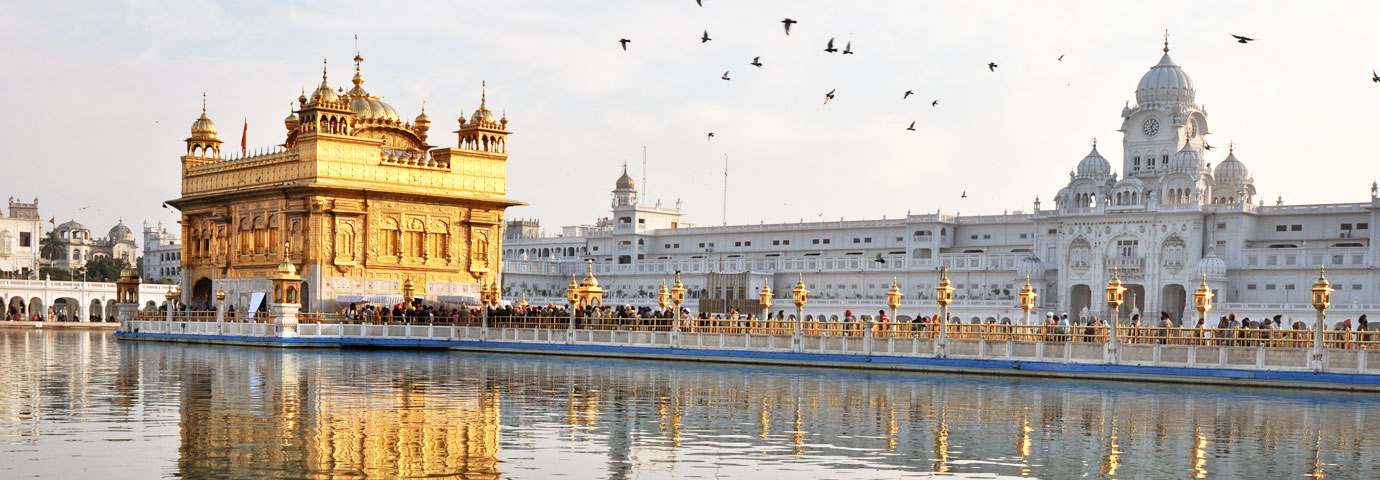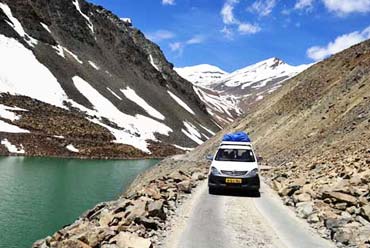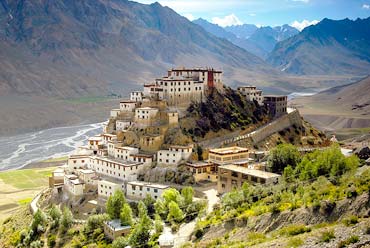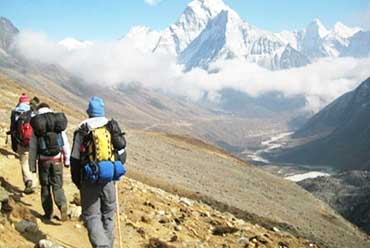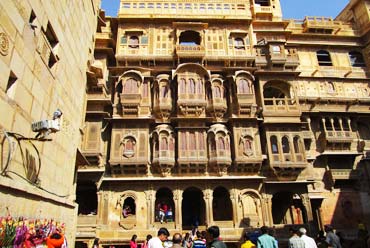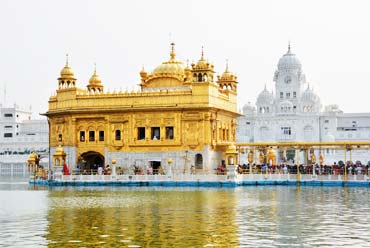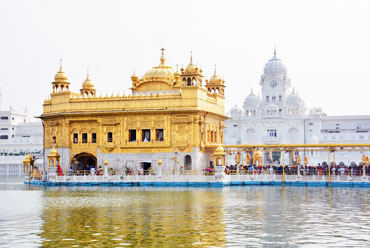The first impression of Punjab one gets is that of a land pulsating with prosperity. The plains of Punjab, with their fertile soil and abundant water supply, are naturally suited to be the breadbasket for India. The land of Punjab is a land of exciting culture, myriad images of swaying emerald green fields and hearty people whose robust rustic ways of camaraderie and bonhomie are very much a part of their heritage.
The state has achieved tremendous growth over the years due to the success of the Green Revolution in the early 70s. For a major period in the second half of the 20th century, Punjab led the other states in India to achieve self-sufficiency in crop production. The other major reason for the prosperity of the state are the great number of people who left their home for the countries in Europe and North America and, after long struggles, achieved successes there.
The people of the state are hard working and take life as it comes. Music and dance is in their blood and that is reflected in the Bhangra beats that are famous all over the world today.
Location
Punjab is bounded on the west by Pakistan, on the north by Jammu and Kashmir, on the northeast by Himachal Pradesh and on the south by Haryana and Rajasthan. Punjab extends from the latitudes 29.30° North to 32.32° North and longitudes 73.55° East to 76.50° East.
Due to the presence of a large number of rivers, most of the Punjab is a fertile plain. Tributaries of the rivers Indus, Ravi, Sutlej, Beas, and Ghaggar flow towards the southeast crossing the entire state. There are many sub-tributaries of these rivers that provide a base for the most extensive canal system in India.
The southeast region of the state is semi-arid and gradually presents a desert landscape. A belt of undulating hills extends along the northeastern part of the state at the foot of the Himalayas.
History
The history of Punjab is as old as the history of the Indian Civilization. The land of five rivers, this state was known as Panchal when the Aryans came to India in the third millennium BC. before that, the whole region of the Sindhu (Indus) and its tributaries were inhibited by the Harappans or the people of Copper age who constructed great cities in this region. Ropar in modern Punjab is a great example of this civilization. The Harappan culture declined suddenly between 1800-1700 BC and its end is as puzzling as its beginning. After the decline of the Harappans, Aryans from Central Asia ventured into this land and made this their home.
Punjab was the first place on the Indian subcontinent where the Aryans actually decided to settle after a long period of grazing and fighting with the aboriginal communities. This was the place where later parts of the Rgveda and other Vedas were written. This was also the place where first war for the control of entire north India or Aryawart (as it was known in those days) was fought between the Aryans and non-Aryans, known as Dasragya War (war of 10 kings).
Draupadi, wife of the Pandava princes in Mahabharat, was the princess of Panchal though her father fought in the war of Mahabharat against the Pandavas. When the Aryans finally settled down in India, the region came under the rulers of Magadh kingdom in the last century BC.
Punjab always had a strategic importance due to its position on the famous Grand Trunk Road that connected the eastern parts of India to the extreme northwest point of Taxila (now in Afghanistan). This road was first constructed by Ashoka to have a better administration of the northwestern frontier, which was always a problem. After the decline of the Mauryan Empire, the Indo Greeks, Guptas, and Vardhans ruled this region in succession. After the coming of Muslims in the 9th-10th century AD, the region became an integral part of the Delhi Sultanate and the Mughal Empire. It was also under the Maratha rule for some time.
After the decline of the Mughal Empire, the most prominent ruler in this land was Maharaja Ranjit Singh in the early 19th century. After the death of Maharaja Ranjit Singh, the Sikhs could not hold on to their territory for long and the British controlled most of the region either directly or through the princely states.
The Partition of India in 1947 was a turning point for this state. Most of the Muslim dominated areas went out with Pakistan; while the Sikh and Hindu dominated areas remained with India. Lakhs of people were killed in the mayhem that engulfed in this region in the wake of the Partition. After independence, a new state of Punjab was created with modern day Haryana and Himachal Pradesh being a part of this state.

